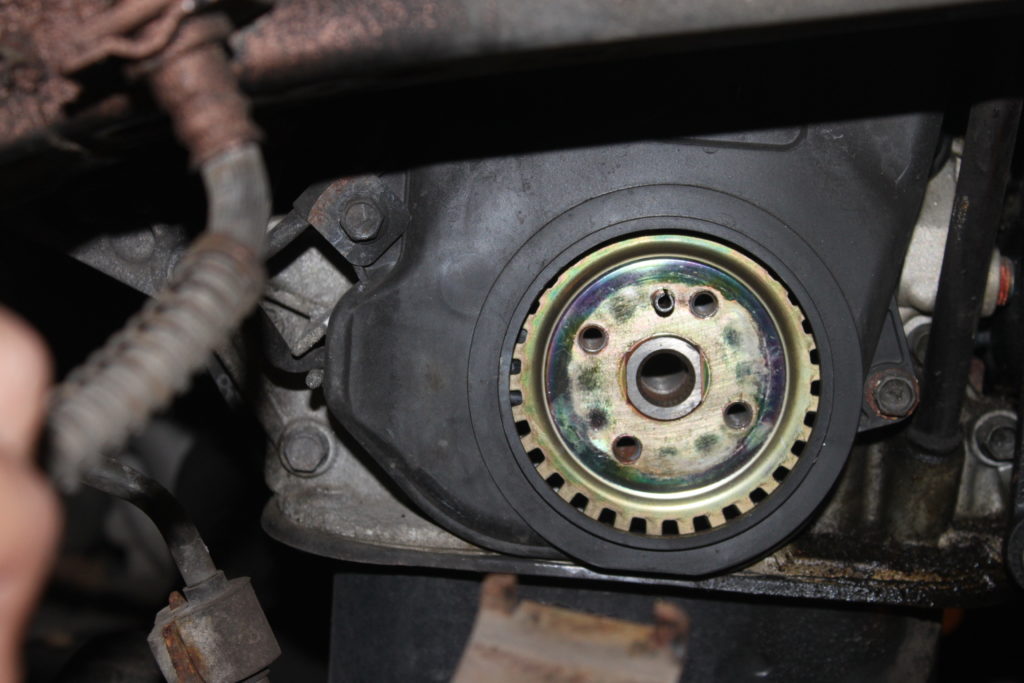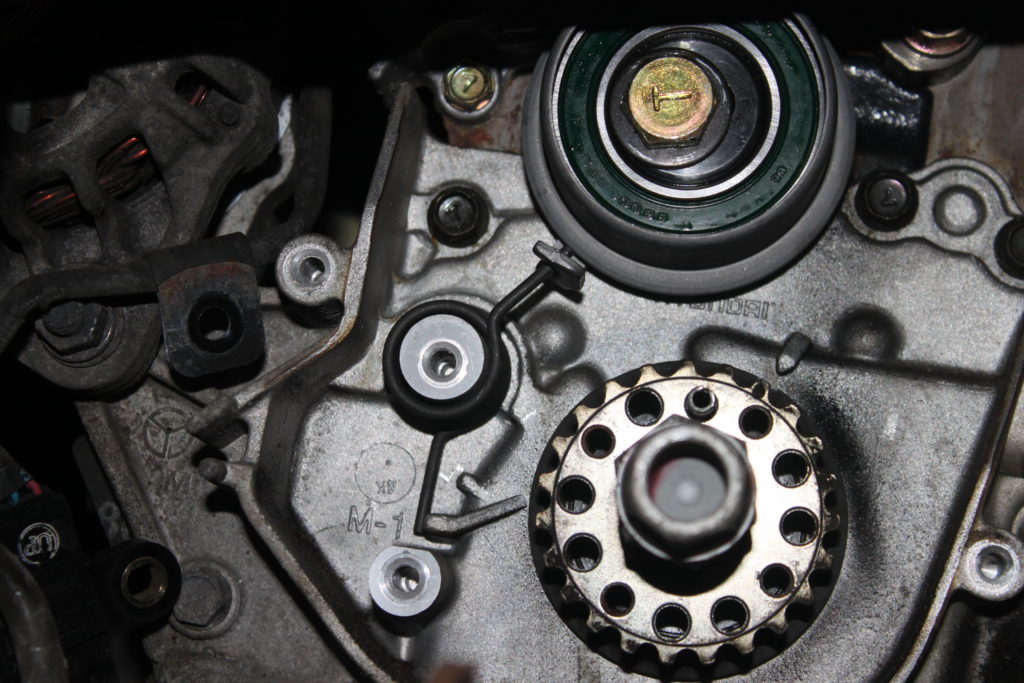In this month’s INA timing belt article, REPXPERT talks through the replacement of a timing belt on a 2005 Kia Picanto, fitted with a 1.1 litre petrol engine.
South Korean vehicle manufacture Kia, launched the first generation Picanto in 2004, it has proved to be a popular city car & is still being manufactured today in its third generation.
For this scheduled repair, the only workshop equipment required is a two post ramp and an engine support.
This engine has been identified as an interference engine, so in the event of timing belt failure, engine damage is likely to occur.
Adjustment work on the toothed belt must always be carried out at an ambient temperature and always rotate the engine in the direction of rotation.

With the vehicle placed on the ramp, open the bonnet and then raise the car, remove the O/S/F wheel and O/S splash guard, then fit an engine support if available.

Lower the vehicle and disconnect the coolant expansion tank, power steering reservoir and washer bottle filler.

This now gives access to the engine mounting, support the engine if not previously supported and remove the engine mounting, this now gives good access to the auxiliary belt area, firstly, slacken the water pump pulley bolts and then loosen the alternator clamp bolts, remove the tension from the auxiliary belt and remove the belt and inspect for wear/damage, it is always advisable to replace the auxiliary belt when replacing the timing belt, some auxiliary belts now have a service life and a recommended change interval.
Now remove the water pump pulley and then the upper timing belt cover.
Rotate the crankshaft pulley in a clockwise direction until crankshaft and camshaft timing marks align, now remove the four crankshaft pulley retaining bolts, pulley washer, outer crankshaft pulley, then remove the crankshaft pulley centre bolt, washer and then the inner crankshaft pulley.

The lower timing belt cover can now be removed and then remove the crankshaft position sensor ring and sensor, now slacken the tensioner centre bolt, ease the tensioning roller back, the timing belt can now be relieved of its tension, then retighten the tensioner centre bolt and the timing belt can now be removed.
Remove the tensioning roller and inspect the timing belt area for any oil or coolant leaks that could contaminate the new belt and rectify if required.

Ensure the timing belt area is clean and then fit the new tensioning roller, confirming it has located on the tensioning spring and is pulled back against its stop, the new timing belt can now be installed.
Make sure the timing marks are still aligned, fit the timing belt to the crankshaft pulley, working in an anti-clockwise direction then fit the timing belt on the camshaft pulley and then around the tensioning roller, slacken the tensioning roller and allow the spring to self-tension the belt and roller and then tighten the tensioning roller centre bolt.
Ensuring the timing marks are still aligned, rotate the crankshaft two complete revolutions and check the timing marks still align, slacken the tensioner roller centre bolt, allow the tension to adjust if required and then retighten and torque to the manufactures specification.
Refit all parts in reverse order of removal, torqueing bolts as required to the manufactures specification.
Information on Schaeffler products, fitting instructions, repair times and much more can be found on the REPXPERT garage portal or by calling the Schaeffler technical hotline on 01432 264264.









